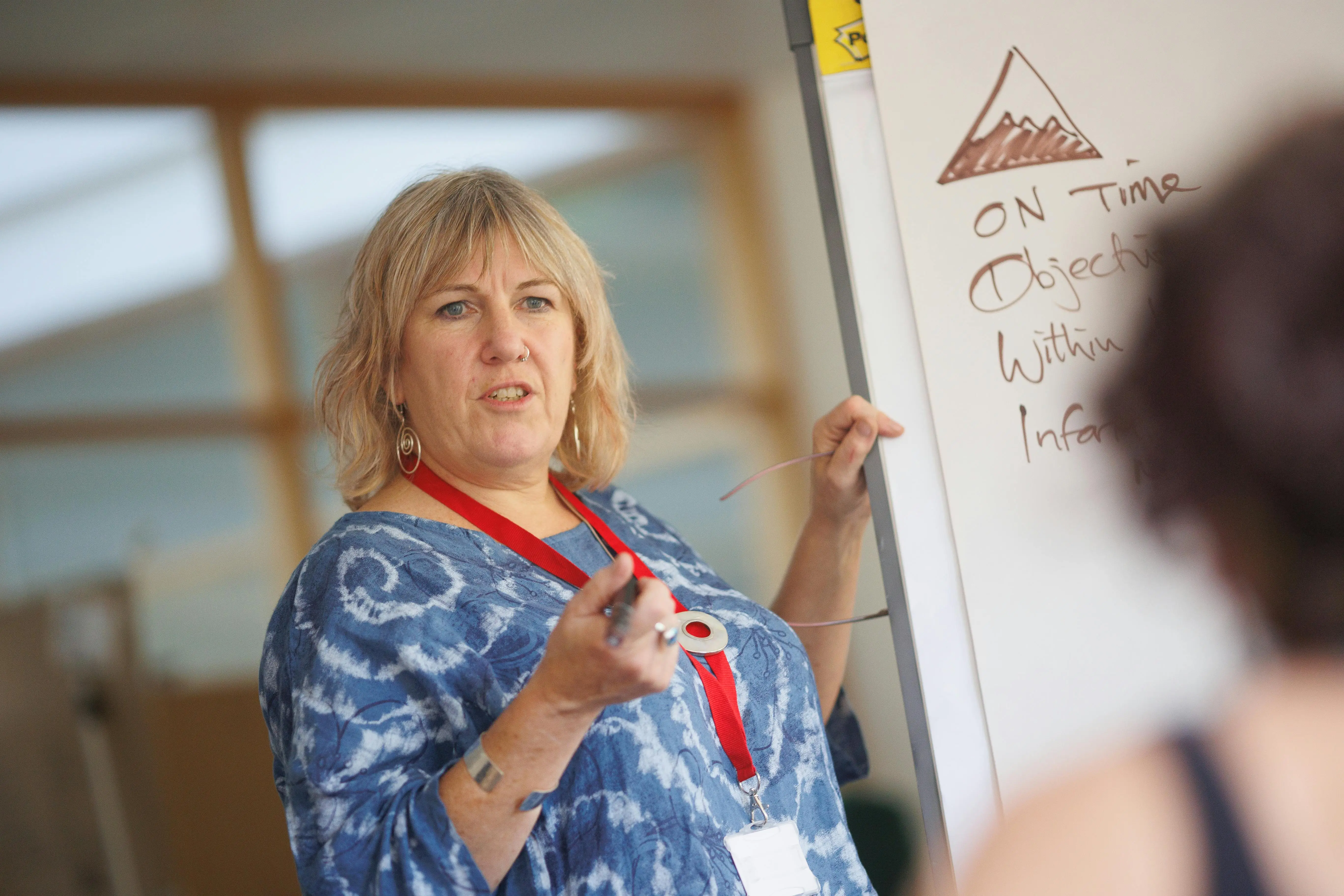A speech is a formal oration before an audience. An adequately delivered address has the power to motivate, influence the decision-making process, and initiate the formation of connections (Hegarty, 1951). A speech can inform, and studies have shown that it is the skill that most college graduates found helpful in the business world (Dowis, 2000). The title of my speech was; Why Tattoos Should Not Be Considered Unprofessional. The impetus was to sway the audience to accept tattoos in the workplace because they do not influence professionalism.
Process of Researching my Speech Topic
When choosing a topic for my speech, I focused on finding something interesting to me. The chosen topic made the research process a lot less tedious and more fun and engaging. I was sure I wanted to discuss tattoos in my speech, but this is too broad, and finding information and synthesizing it would have been challenging. I had to narrow my topic. While doing background research, I came across an article by Allred Stephen in the Labor Law Journal discussing the rejection of applicants with tattoos. He talked of lack of laws that deter employers from showing prejudice to applicants with visible tattoos (Allred, 2016). Employers must understand that tattoos, like physique, cannot be used to judge a person’s character (Hilliker, 2012) . I decided to develop my topic by using the historical angle, and in my speech, I talk about the Samoans and the Egyptians. The class notes and research guides were also helpful in developing the topic.
Preparing my Speech
When preparing my speech, I had to first decide on what my address was trying to accomplish. I decided on my audience next, making sure the vocabulary was tailored for the chosen audience when writing. I outlined my key points and the main message. Once that was done, I organized my speech into three parts; the introduction, the body with my main points, and the conclusion, which had a summary of the complete address plus a call to action. Every paragraph of the body had a heading to guide me when giving my speech to ensure clarity. I made sure my opinion on the matter was straightforward, and I did not deviate off-topic. I used emotive language for persuasion. I emphasized that discrimination in the workplace due to visible tattoos was highly unfair. I also compared the historical era to the modern era to clarify my points because tattoos were a respected form of expression in the past. I wrote and revised the speech repeatedly until I was proud of what I had accomplished. The use of data from research studies helped to establish credibility.
Practicing my Speech
The practice helped my speech become more natural because it gave my speech personality, and I was able to make it unique. I discovered phrases that would be difficult to say, tongue twisters of some sort, and made the necessary changes. I timed myself and once in a while recorded the whole thing to see how I use nonverbal cues, for example, hand gestures. I practiced in front of my family for weeks to build my self-confidence. I was open to receiving feedback and changed parts that I felt would make the speech better. During the last rehearsal, I made brief notes that pointed out how long each point took and noted those spilling out of the expected delivery time.
Conclusion
Public speaking is an essential tool in the business world (Dowis, 2000). The quality of speech delivered depends on the choice of topic, research done, the quality of writing, and rehearsals (Nikitina, 2011). The language used will depend on the audience and how well the person giving the speech understands them. Remember to emphasize the critical message cause that is the whole purpose of the address.
References
Allred, S. (2016). Rejecting the Tattooed applicant, Disciplining the Tattooed employee: Whatare the Risks?. Labor Law Journal, 475.
Dowis, R. (2000). The lost art of the great speech: how to write it, how to deliver it. Amacom Books.
Hegarty, E. J. (1951). How to write a speech. New York: McGraw-Hill.
Hilliker, A. (2012). Tattoos in the Workplace. IU South Bend Undergraduate Research Journal, 12, 62-66.
Nikitina, A. (2011). Successful public speaking. Bookboon.








